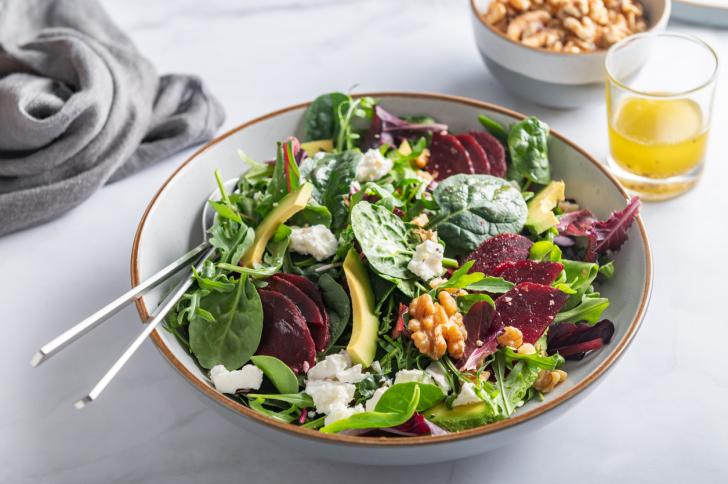Perfecting the Art of Soup
Published
Soup is classic comfort food for cold winter days, but how much do you really know about soup? In the traditional French kitchen, one of the most highly regarded roles is the saucier, or sauce cook, whose talent lies in all sauces, soups, sautés, and hot hors d’oeuvres. So respected is the realm of sauces (to which a soup technically belongs) that the saucier is often the top choice for sous-chef, next in line only to the head chef.
Soup is not only for soothing the common cold or flu, although it does count toward your hydration and keep mucous membranes moist, both of which support a healthy immune response. Typically setting the tone as the first course of a menu, soup can also become a meal, snack, or anything in between. For Patrice Savery, Assistant Professor and Culinary Program Director in the Department of Nutrition and Exercise Science at Bastyr University, “soup is the perfect dish that appeases the mind, body, and soul.” A great soup “has balanced flavors, looks beautiful, andreflects the season,” recommends Savery. Soup is often underappreciated as aninexpensive meal idea that feeds a family for a week and fills a freezer with leftovers. Indispensable equipment for making soup includes a sturdy soup pot or Dutch oven, along with a good blender if you prefer pureed consistency, according to Savery. Soups are versatile enough to make good use of nearly forgotten vegetables lurking in the refrigerator, not to mention almost any whole food ingredient from beans to animal proteins to fruit: chilled cucumber and mango soup, anyone?
To boost the nutrition of your next soup, practice mise en place, the French term for measuring and chopping all ingredients prior to cooking. Besides its convenience and efficiency, the act of chopping gives enzymes in the fresh garlic the time they need to convert naturally occurring substances into their immunity-enhancing counterparts. The same process occurs in other allium vegetables such as onions as well as many other classes of vegetables. Letting chopped vegetables and herbs stand for a few minutes enables the formation of these beneficial compounds before the heat of extended cooking time has a chance to deactivate the enzymes. Adopt mise en place to get the most from your garlic in the following recipe!
Immune Support Soup
Will this be your first time experiencing the warming sensation of fresh ginger root? If so, start small and cut back to as little as 1 tablespoon. Otherwise, make this recipe with the 2 tablespoons recommended, or even up to 3 tablespoons, for maximum immune support. Look for fresh ginger root in the produce section near the garlic, and use a microplane zester for fast grating.
45 minutes, yields 4 servings
Adapted by Lora Silver from “Herbs to Support Immunity” talk by Debra Brammer, ND
(Bastyr Recipes, 2011).
Ingredients
- 1 quart (32 ounces) low-sodium vegetable broth
- 1 medium red onion, diced
- 4 garlic cloves, minced
- 1 cup sliced shiitake mushrooms
- ½ lemon, juiced
- 2 Tablespoons grated fresh ginger root, divided in half
- 1 carrot, grated
- ¼ cup minced fresh parsley
Procedure
Pour the broth into a soup pot and bring to just below boiling on medium heat. Addthe onion, garlic, and mushrooms, then continue to simmer for 15 minutes on low heat. Remove from the heat, and stir in lemon juice, ginger, carrot, and parsley. Placecover on pot and steam for 5 minutes before serving. Non-profit, accredited Bastyr University (bastyr.edu) offers multiple degrees in the natural health sciences, and clinical training at Bastyr Center for Natural Health (bastyrcenter.org), the region’s largest natural medicine clinic.


